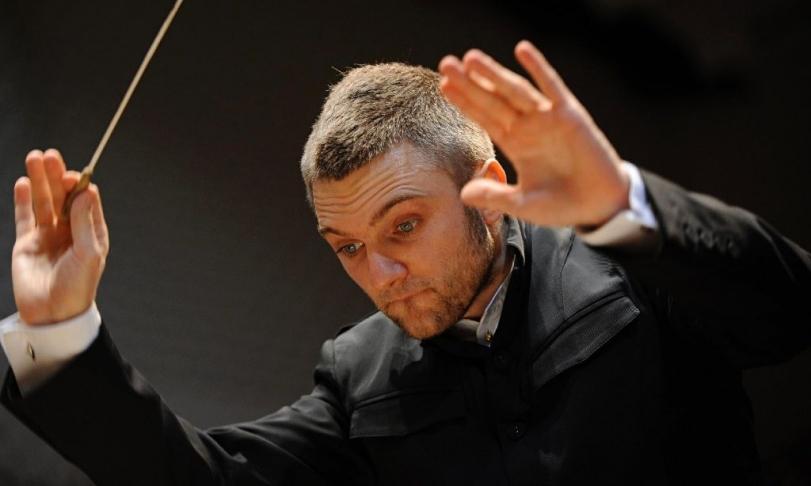
The Staatskapelle Weimar is justifiably proud of being one of the oldest German cultural orchestras established in 1491. Such outstanding personalities of the music world as Johann Sebastian Bach, Johann Nepomuk, Franz Liszt and Richard Strauss have worked with the orchestra. Liszt and Strauss were decisively responsible for improving the quality of the Staatskapelle, with whom they had also performed their own works. After the Second World War, Hermann Abendroth succeeded in restoring the Staatskapelle's high standard of playing, which had suffered greatly during the Third Reich. The conductors who followed Abendroth were able to build on the results of his successful orchestral education and make their respective contributions. Most recently, Kirill Karabits held the position of General Music Director and Chief Conductor of the orchestra in the 2016/17 and 2018/19 seasons. Currently, the Weimarer Staatskapelle is looking for a successor to Karabits, who holds the position of Principal Conductor of the Bournemouth Symphony Orchestra, and who has given the greatly rejuvenated Staatskapelle an artistically emphatic form during his short time at the head of this traditional ensemble. A series of recordings of works by his conducting predecessors Strauss and Liszt, including his incomplete opera Sardanello with the Staatskapelle, considered a rarity, bear witness to this. The same applies to the most recent album, recorded in 2019, which, with the exception of Tasso, contains works by Franz Liszt that are rarely performed today.
The Dante Symphony is a programme music along motives of the plot of Dante's Divine Comedy. Liszt uses blatant orchestral effects to describe the horror Dante's traveler in purgatory and hell and is exposed to before he can see paradise. The orchestral horror offered is no less than the horror of the witchcraft in Berlioz's Symphonie Fantastique. On the contrary. The horror scenarios that precede paradise could not be depicted more vividly with orchestral means, including a wind machine. The Staatskapelle leaves nothing to be desired in its extremely credible portrayal of the Dante drama. The Weimar orchestra, with its refined use of color and rhythmic delicacy, spans the Liszt sound cosmos with a far-off rumble, allowing the horrors of the Divine Comedy to run straight through the listener's bones, before angelic choral singing by a very fine local chorus brings the comedy to a close, which is anything but a comedy about wide horrors.
The conductor and the orchestra give an interpretation that is equally true to the work and an outstanding orchestral performance, which is in keeping with the battles and successes of the Italian poet Tasso in the Liszt tone poem of the same name. The Staatskapelle's wind instruments are particularly brilliant here. They are also used to great effect in the tone poem Künstlerfestzug, which Franz Liszt composed for the Schiller celebration and which is available here as a first recording. This composition is a triumphal music which only a Liszt-trained orchestra like the Weimar Staatskapelle, far from pompous pomp, can perform with the necessary taste.
Thanks to numerous recordings, other orchestras may be more present in the consciousness of the classical listener than the Weimar Staatskapelle. However, only a few orchestras in this country and also outside of Germany are likely to call a culture of sound and playing their own, such as the Staatskapelle under the direction of its former principal conductor Kirill Karabits.
Staatskapelle Weimar
Knabenchor der Jenaer Philharmonie
Damen des Opernchores des Deutschen Nationaltheaters Weimar
Kirill Karabits, conductor










